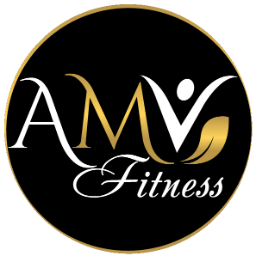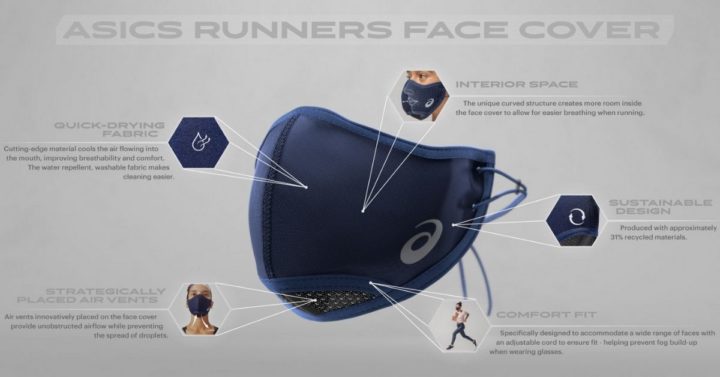The pull ups are one of the very best bodyweight exercises you can do, working a large portion of your upper body and core muscles. However, that’s only if you can actually do them. Many people find that they have to tap out after just one or two pull ups and move on to another exercise instead.
Instead of doing that, take the time to build the strength required to complete a full set of perfect-form pull ups. That’s what this four-week training plan is intended to do.
“If pull ups have never been part of your workout regime then you should gradually introduce them instead of attempting them straight away,” says David Wiener, who’s a training specialist at Freeletics.
“Begin by doing an easier exercise called the passive hang, which will allow your shoulders and grip to get used to being on the bar. Once this becomes comfortable, you can move on to jumping pull ups – these focus on the negative, or lowering, movement which engages all the major muscle groups and can be modified as you improve.”
The plan involves doing assisted or modified pull ups or pull up assistance moves on the first six days of the week, resting on the seventh day. Much like God. The exercises involved won’t take much time and can be added on to the end of a workout or done separately.
You will need a pull up bar, some long resistance bands and a suitable bar to do inverted rows from – a table can work for this, if it’s sturdy enough, or if you’re using a telescopic pull up bar set it up at the right height for rows instead of pull ups. We have a great selection of pull up bars to buy for your home set-up – including telescopic, hook, wall-mounted, ceiling-mounted and free-standing options – and for long resistance bands we recommend FREETOO.
Four-Week Pull Up Workout Plan For Beginners
Day 1: Assisted pull ups
Attach a light, long-looped resistance band to your pull up bar and put one foot or knee in it to help you as you perform a pull up. Hold the bar with your hands shoulder-width apart and palms facing forwards. With your core braced and keeping your shoulders back, pull yourself up until your chin is above the bar. Lower under control.
| Week 1 | Sets 3 Reps 2 |
| Week 2 | Sets 3 Reps 2 |
| Week 3 | Sets 3 Reps 2 |
| Week 4 | Sets 3 Reps 2 |
Day 2: Negative pull ups
This modified pull up skips the pulling and requires you just to master the descent. Jump up to start with your chin above the bar. Lower yourself slowly under control.
| Week 1 | Sets 3 Reps 6 |
| Week 2 | Sets 3 Reps 6 |
| Week 3 | Sets 3 Reps 6 |
| Week 4 | Sets 3 Reps 6 |
Day 3: Shoulder pull ups
Hang from the pull up bar. Keeping your arms extended, use your shoulders to pull yourself up just a little, then lower back to the start.
| Week 1 | Sets 3 Reps 12 |
| Week 2 | Sets 3 Reps 14 |
| Week 3 | Sets 3 Reps 12 |
| Week 4 | Sets 3 Reps 14 |
Day 4: Negative pull ups
| Week 1 | Sets 1 Reps 6 |
| Week 2 | Sets 1 Reps 6 |
| Week 3 | Sets 1 Reps 6 |
| Week 4 | Sets 1 Reps 6 |
Day 5: Assisted pull ups
Use a medium resistance band to provide more assistance than on day one.
| Week 1 | Sets 3 Reps 4 |
| Week 2 | Sets 3 Reps 5 |
| Week 3 | Sets 3 Reps 4 |
| Week 4 | Sets 3 Reps 5 |
Day 6: Inverted row
Once you’ve selected an appropriate bar (or table) to row from, lie beneath it and grab the bar in both hands with an overhand grip. Form a straight line from head to heels, then pull yourself up until your chest touches the bar, then lower slowly back to the start. The further your feet are from the bar, the harder the inverted row is, so adjust to make sure you can complete all the reps.
| Week 1 | Sets 3 Reps 10 |
| Week 2 | Sets 3 Reps 12 |
| Week 3 | Sets 3 Reps 10 |
| Week 4 | Sets 3 Reps 12 |




